Many rivers in the world flow north instead of south. Although it’s much less common than the typical way that a river flows, which is south to north. This fact of the world is coincidental and not based on the science of rivers.
Why this occurs changes variably from each river. There is a common misconception that rivers in the northern hemisphere flow south as that direction takes one towards the equator. This is actually a communal fiction that doesn’t have much basis in reality.
The direction that a river flows has to do with the shape of the landscape it is on coupled with the pull of gravity in a certain direction. If you’re interested in rivers and the direction in which they flow, here is a compendium of ten major rivers with a northern flow.
1. Nile
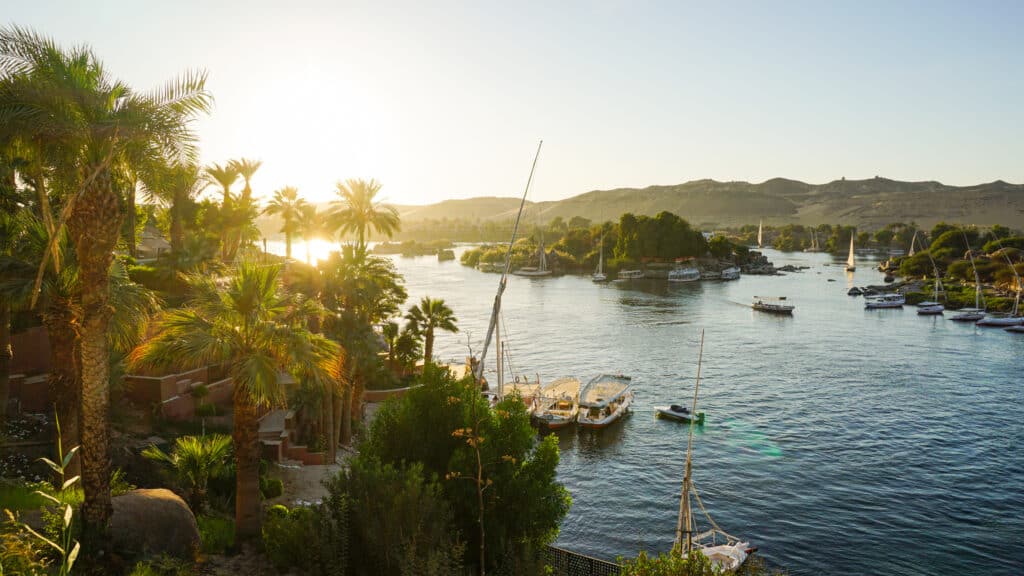
Sailboats line the banks of the Nile.
©iStock.com/glowonconcept
Starting the list off with a true heavy hitter, the Nile River is the world’s longest river, and it also happens to flow north. The river provides sustenance and water resources for countless people in Africa. The river itself was revered as a deity in the cultures of Ancient Egypt.
The longest river in the world, the Nile begins its journey at Lake Victoria in Tanzania. The Nile flows north through 10 countries from its origin.
The Nile has two major tributaries: the White Nile and the Blue Nile. The White Nile is traditionally thought of as the headwaters of this massive river. The Nile also has the largest water discharge of any river that empties into the Mediterranean Ocean. It shares this distinction with the Rhone and Po rivers. The Nile is the largest river in the world that flows north.
2. Deschutes

The Deschutes provides world-class fishing opportunities.
©garytmarsh/iStock via Getty Images
This is a river in Oregon that is one of the major tributaries of the Columbia River, one of the biggest rivers in North America. It actually isn’t the only river in Oregon or tributary of the Columbia that flows north. The Willamette and the John Day also share these qualities.
The Deschutes begins its journey in the Cascade Mountains before it empties into the Columbia some 250 miles later. This river has traditionally been a way for the indigenous people of the region to travel via canoe.
Nowadays, the Deschutes is world-renowned for its fly fishing and lends its name to a popular brand of beer in Oregon. It also lends a large amount of its water to irrigating nearby farmland in Oregon.
3. Athabasca
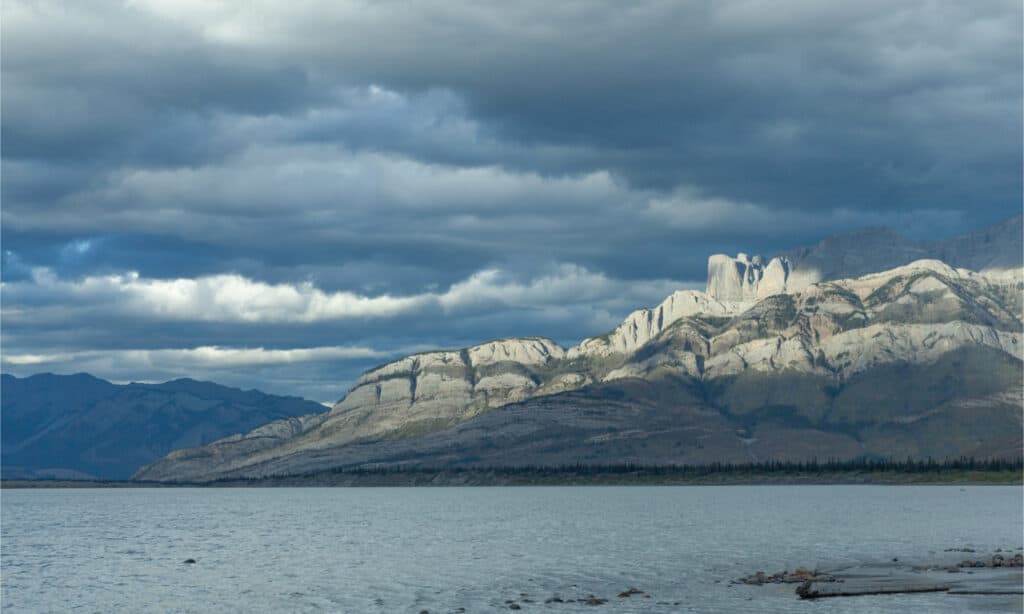
Lake Athabasca on the Athabasca River.
©Vladislav Mavrin/Shutterstock.com
The Athabasca is a very large river in Canada that flows north. Much of the river crosses through the massive Canadian wilderness from its origin in Jasper National Park in Alberta.
The Athabasca is a lengthy river and crosses through a wide variety of national parks and protected areas. There are also numerous small towns that exist along its banks. The Athabasca is also notable for the very large number of tributaries that feed into it. There are over 50 small rivers that eventually culminate in this winding waterway.
The Athabasca has served as an important source of sustenance and fishing grounds for the first peoples of Canada for centuries. Nowadays, the health of the river is under threat from tar sands projects in Alberta.
4. Niagara

The Niagara River is the source of Niagara Falls.
©Jam Norasett/Shutterstock.com
The Niagara River is a north-flowing river that’s perhaps most well-known for providing the world with Niagara Falls. This is one of the world’s most famous waterfalls.
The Niagara flows north from Lake Eerie and is one of the features that forms a natural border between Upstate New York and Canada.
The Niagara has a rich history and served as an important escape route for runaway slaves in the Underground Railroad. Rather petite, the Niagara is only 36 miles long. However, it punches above its weight class in terms of the hydroelectric power that it provides for both New York and Ontario.
5. Ob
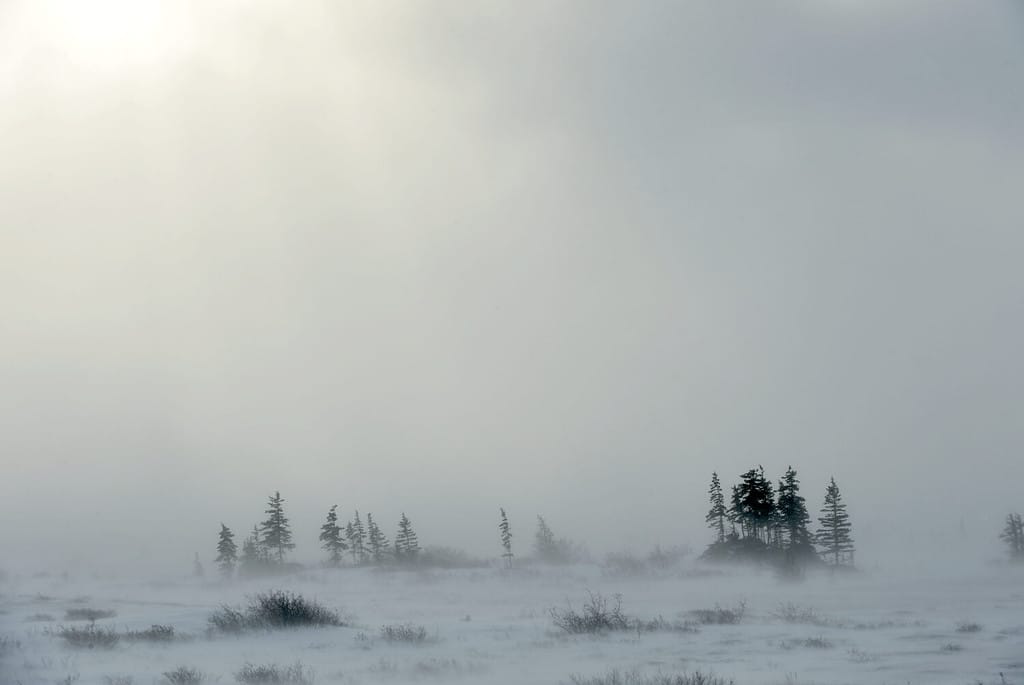
Much of The Ob crosses through the tundra of Siberia.
©Sergey Uryadnikov/Shutterstock.com
The Ob is a massive river in Russia’s Siberia region. It is part of one of the largest river systems in the world. It runs 3,360 miles through the Siberian tundra from its origin in the Altai Mountains.
The Gulf of Ob is the world’s largest estuary, and there are several large cities and human dwellings on its banks. This includes Russia’s third-largest city, Novosibirsk.
The Ob provides farm irrigation, drinking water, and electricity to much of Russia. The River is long enough that it passes through almost all of the eco-systems one can find in Russia. This includes taiga, swamps, tundra, and semi-arid regions.
6. Shenandoah
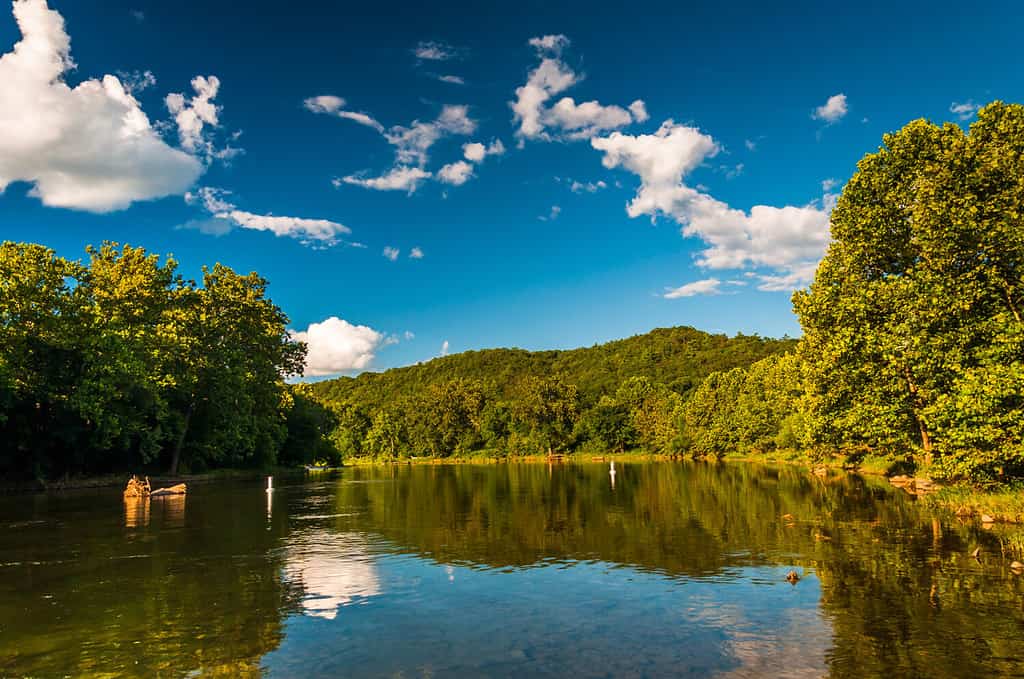
The Shenandoah is very popular for watersports.
©Jon Bilous/Shutterstock.com
The Shenandoah is another storied American River that flows north. From its origins in the Appalachian mountains, the Shenandoah is the primary tributary of the Potomac River. This is the famous river that runs through Washington, D.C.
The Shenandoah is very popular nowadays for water recreation sports such as canoeing, river tubing, and kayaking. However, the river faces a host of environmental issues ranging from mercury contamination to algae blooms.
The Shenandoah is also a fixture in many folk and country tunes, including an American folk song by the name of “Oh Shenandoah.”
7. Yenisey
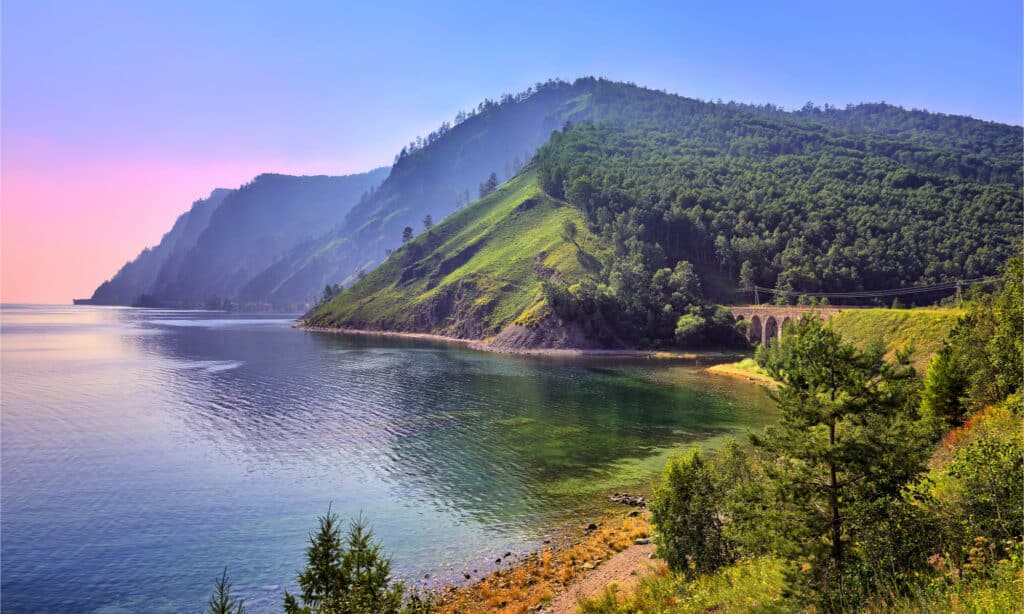
Lake Baikal exists along the Yenisey and is the oldest and deepest lake in the world.
©Nikitin Victor/Shutterstock.com
The Yenisey is another absolutely massive river in Russia, the fifth-longest in the world. It’s also the largest river in the world that drains into the Arctic Ocean.
One very notable feature of the Upper Yenesei is Lake Baikal, which is the deepest and oldest lake in the world. About a dozen different tributaries feed the Yenisey. It provides home and shelter to a huge amount of wildlife, including the largest reindeer herd in the world. This massive herd numbers at around 800,000 individuals.
8. Cauca
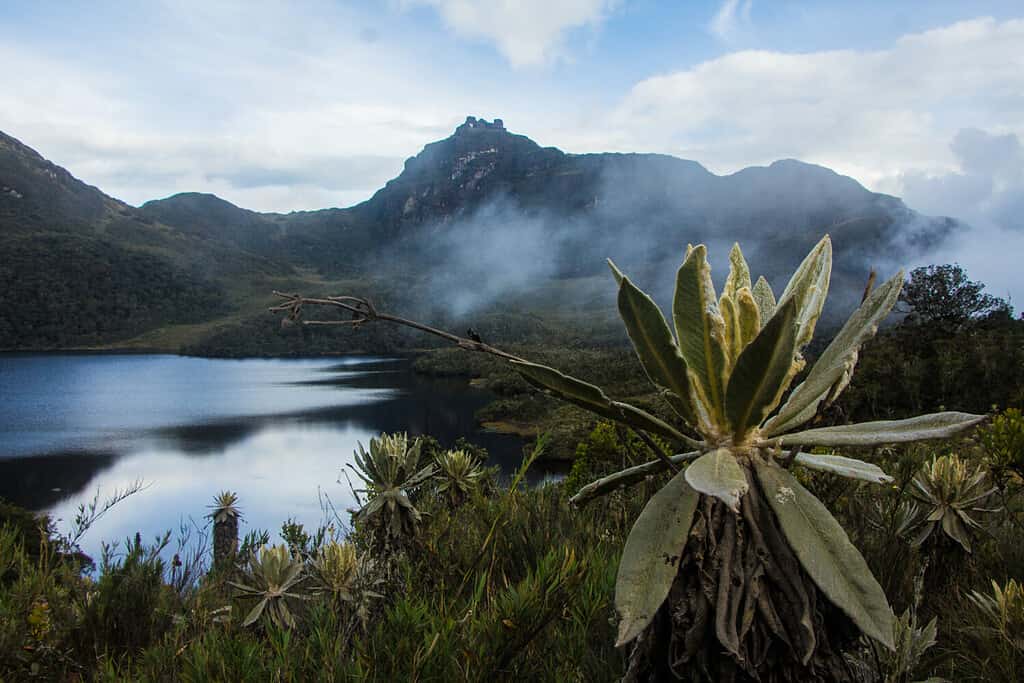
The Cauca originates in the Andes Mountains of Colombia.
©Cristian Gonzalez Acosta/Shutterstock.com
The Cauca is a river in Colombia that is also north-flowing. The river empties into the Caribbean Sea after flowing 600 miles through the foothills and jungles of Colombia.
The Cauca provides a home to many different species of fish and other wildlife. It is unfortunately plagued with a host of environmental issues from a history of gold mining in the surrounding hills.
9. Little Bighorn
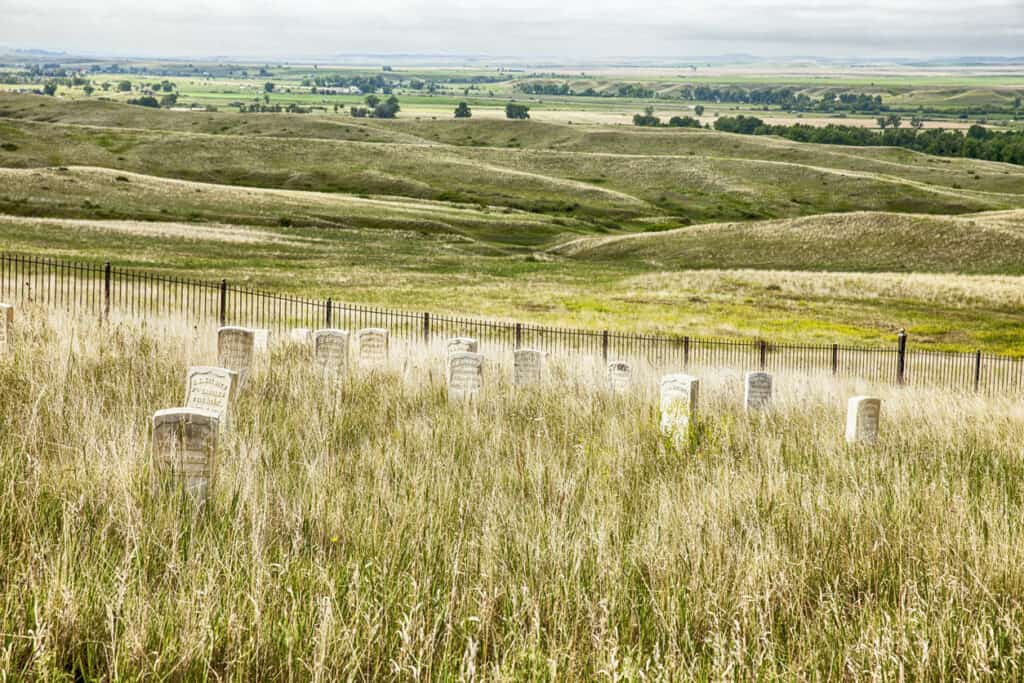
Gravestones over the site of The Battle of the Little Bighorn.
©iStock.com/searagen
The Little Bighorn River is a 138-mile-long tributary of the Bighorn River that crosses through the U.S. states of Montana and Wyoming.
This river is perhaps most well known for lending its name to The Battle of the Little Bighorn. This was one of the most decisive battles in the war between the United States and the indigenous people of North America.
Another name for this river is the Greasy Grass River, a name that the Crow people of the surrounding area knew the river by. This river originates in northern Wyoming in the Bighorn Mountains and joins the Bighorn River near the town of Hardin, Montana.
10. Magdalena
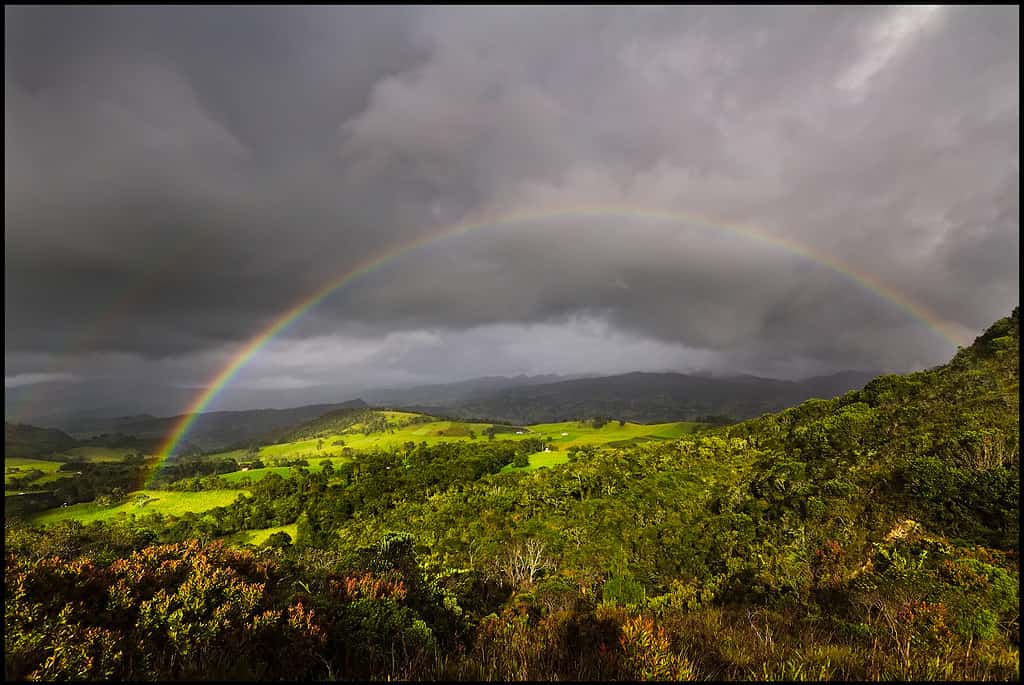
The Magdalena provides sustenance to both humans and animals in Colombia.
©Pedro Szekely from Los Angeles, USA / CC BY-SA 2.0 – License
The Magdalena is another north-flowing river that serves as the most voluminous in Colombia. This river empties into the Caribbean Ocean, and over 66% of the population of Colombia lives along its drainage basin.
Colombia is one of the most biodiverse countries in the world, and much of the life of this country can be glimpsed along some point of the Magdalena. This makes the river of great interest to tourists and scientists alike.
The Magdalena also features heavily in the fiction of Colombian author Gabriel Garcia Marquez. Marquez is an artist who commonly mythologizes elements of Colombia in his work.
Summary: 10 Rivers That Buck the Trend and Flow North
| Number | Name | Location |
|---|---|---|
| 1 | Nile | Various Countries in Africa |
| 2 | Deschutes | Oregon |
| 3 | Athabasca | Alberta |
| 4 | Niagara | Ontario, New York |
| 5 | Ob | Russia |
| 6 | Shenandoah | West Virginia, Virginia |
| 7 | Yenisey | Russia |
| 8 | Cauca | Colombia |
| 9 | Little Bighorn | Wyoming, Montana |
| 10 | Magdalena | Colombia |
The photo featured at the top of this post is © Radek Borovka/Shutterstock.com
Thank you for reading! Have some feedback for us? Contact the AZ Animals editorial team.






